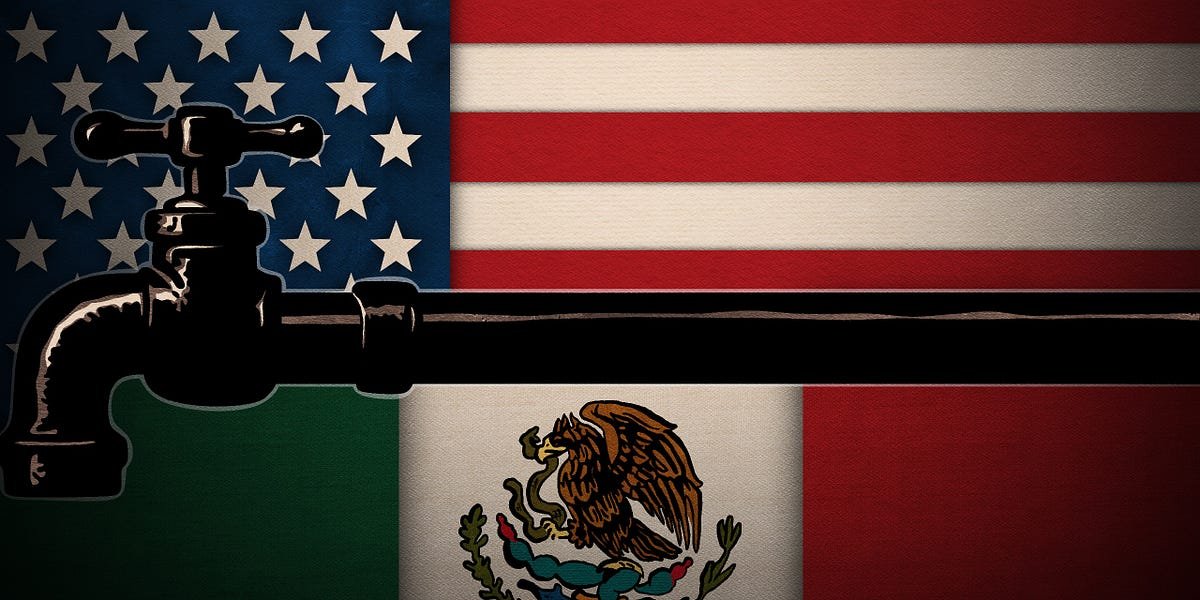Now Reading: U.S.-Mexico Water Treaty: Key Issues and Disputes
-
01
U.S.-Mexico Water Treaty: Key Issues and Disputes
U.S.-Mexico Water Treaty: Key Issues and Disputes

Article Summary
In response to this shortfall, a compromise was reached on April 28, stipulating that Mexico would aim to deliver up to 420,000 acre-feet by October, contingent on local hydrological conditions. U.S. and Mexican officials are to meet in July to evaluate these conditions. Even with the planned releases, Mexico will still be unable to meet its obligations fully, prompting it to agree to release 56,750 acre-feet immediately from the Amistad Reservoir, along with monthly contributions from other reservoirs. This agreement also increased U.S. access to water from Mexican tributaries from one-third to 50%.
The underlying issue revolves around water scarcity, exacerbated by ongoing drought conditions. Mexico disputes accusations of violating the treaty, attributing its challenges to drought, which the treaty permits as a valid reason for withholding water. However, experts argue that without a clear definition of what constitutes an “extraordinary drought,” the situation remains contentious.
The timeline of key events showcases the longstanding tensions surrounding the water treaty, beginning with its signing in 1945 and including various agreements aimed at managing water exchange between the two nations. Recent protests from Mexican farmers against the government’s water transfers highlight domestic pressures in Mexico, emphasizing the competing needs between agricultural communities and treaty obligations.
As the nations navigate these complex water management issues, analysts caution against setting precedents that could undermine trust and cooperation. Rising tensions and the rejection of Mexico’s request for additional water from the Colorado River further illustrate the fragility of the relationship, emphasizing the importance of clear terms and equitable access to shared water resources to avoid further conflict.












